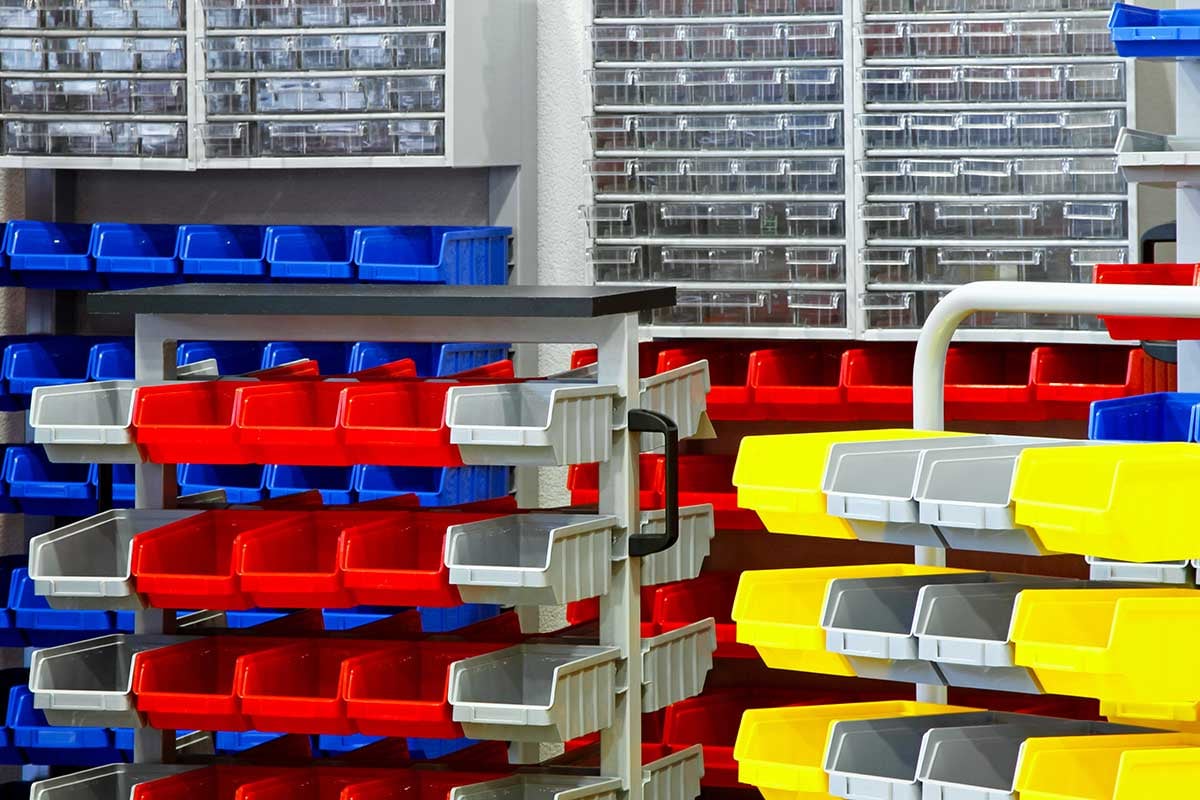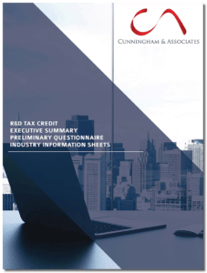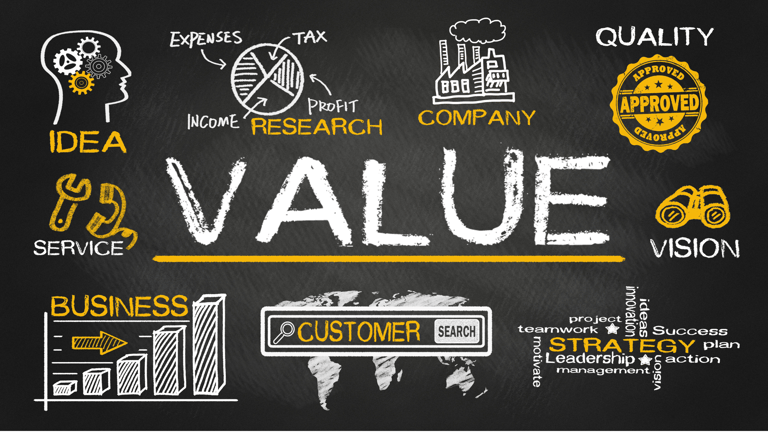R&D Tax Credits Save $280,000+ For Custom Plastics Manufacurer

Cunningham & Associates Saves MA Plastics Manufacturer $280,000+ with R&D Tax Credits
Cunningham & Associates works with small and midsize companies throughout the manufacturing industry to help them find lucrative tax opportunities. One of our specialties is identifying operations that qualify for R&D tax credits.
Initially instituted in 1981 as part of the Economic Recovery Tax Act, R&D tax credits serve as a stimulating incentive for US companies to maintain their competitive edge in research and technology. Although extremely strict qualification requirements originally made it impossible for smaller corporations to utilize the credit, changes in the regulations over the years have made it possible for smaller businesses to earn tax credits for research and development projects.
Earn R&D Tax Credits for Designing Custom Solutions
One of our R&D cases involved a tooling company that had branched out into designing and producing custom molds for plastic storage containers. In 2008, the company created a product line of clear storage containers, clear totes, and solid totes. Since the inception of the storage line, the company had been creating new designs and products, including specialized plastic products for customers throughout the country. They had the ability to work with clients from conception to completion to ensure products fit each client’s exact specifications. They came to Cunningham & Associates to find out if their custom storage solutions qualified for R&D tax credits.
Our first goal was to identify and value the qualified research activities (QRA’s) and qualified research expenses (QRE’s) incurred by their custom plastic molding operations over a four-year period. The scope of our study included discussions with relevant company personnel, a thorough examination of the designing and engineering methods, specifications and engineering documents, and surveys from subject matter experts to determine an allocation of the qualified research activities to qualified research expenses. We also performed an onsite visit to observe the R&D activities and qualified research activities in action.
In order for our team to reference proper reports during the process of completing the credit calculation, contemporaneous documents were provided by the client. These included items such as financial information reports, process listings, company form W-2’s, ISO documentation, employee hour reports, and employee activity reports.

Comprehensive Guide to R&D Tax Credits
1 in 20 eligible companies take advantage of R&D Tax Incentive. This FREE guide contains an executive summary of the tax credit and industry-specific lists of common qualifying activities so you can take advantage of available opportunities.
Download NowActivity reports for each year were broken out into activities directly related to research and development work. Employee hour reports were reviewed to determine the total hours each employee worked on each activity. These total hours were then broken out based on qualifying activities. The ratio was determined based on the amount of time each employee spent on every activity versus only qualifying projects and activities, resulting in the employee’s qualifying percentage of time spent on research and development work.
Additionally, each project was reviewed for funded research. The research in each qualifying contract was not funded, as these contracts were fixed-fee contracts. The client’s payments were specifically contingent on the success of the research activities in these contracts.
C&A’s client, in this case, designs unique storage solutions for their clients. For each project, there is a level of uncertainty regarding the appropriate design of the plastic mold, and whether features desired by the end-user can be designed and integrated into a functional mold. As such, any costs incurred on materials and labor to produce a model that is used to evaluate and resolve the uncertainty concerning the appropriate design represents research and development costs in the experimental or laboratory sense. Therefore, any expenses incurred to produce the model and on design testing activities qualifies as research or experimental expenditures under Section 174.
Industry
Manufacturing
Blogs and Resources

Big Challenges (And Bigger Opportunities) In The Accounting Industry
Discover the challenges and opportunities in the accounting industry, from the supply and technology…
Read More
Know Your Worth: The Risks of Not Having A Business Valuation
Discover the potential risks and consequences of not valuing your business properly.
Read More
Is Owning Investment Property Hard?
Discover the truth about owning investment property. Learn about setting realistic expectations and …
Read More
So You Lost Your CFO: The Advantages of Outsourced CFO Services
Discover how outsourced CFO services can help your business reduce costs and improve efficiency.
Read More
10 Important Tax Considerations For Software & Technology Companies
Important tax considerations for software & technology companies, including R&D tax credits, stock o…
Read More
10 Important Tax Considerations for the Construction Industry
Discover 10 important tax considerations for construction firms. From R&D tax credits to energy-effi…
Read MoreContact Us to Discuss How We Can Best Support You
